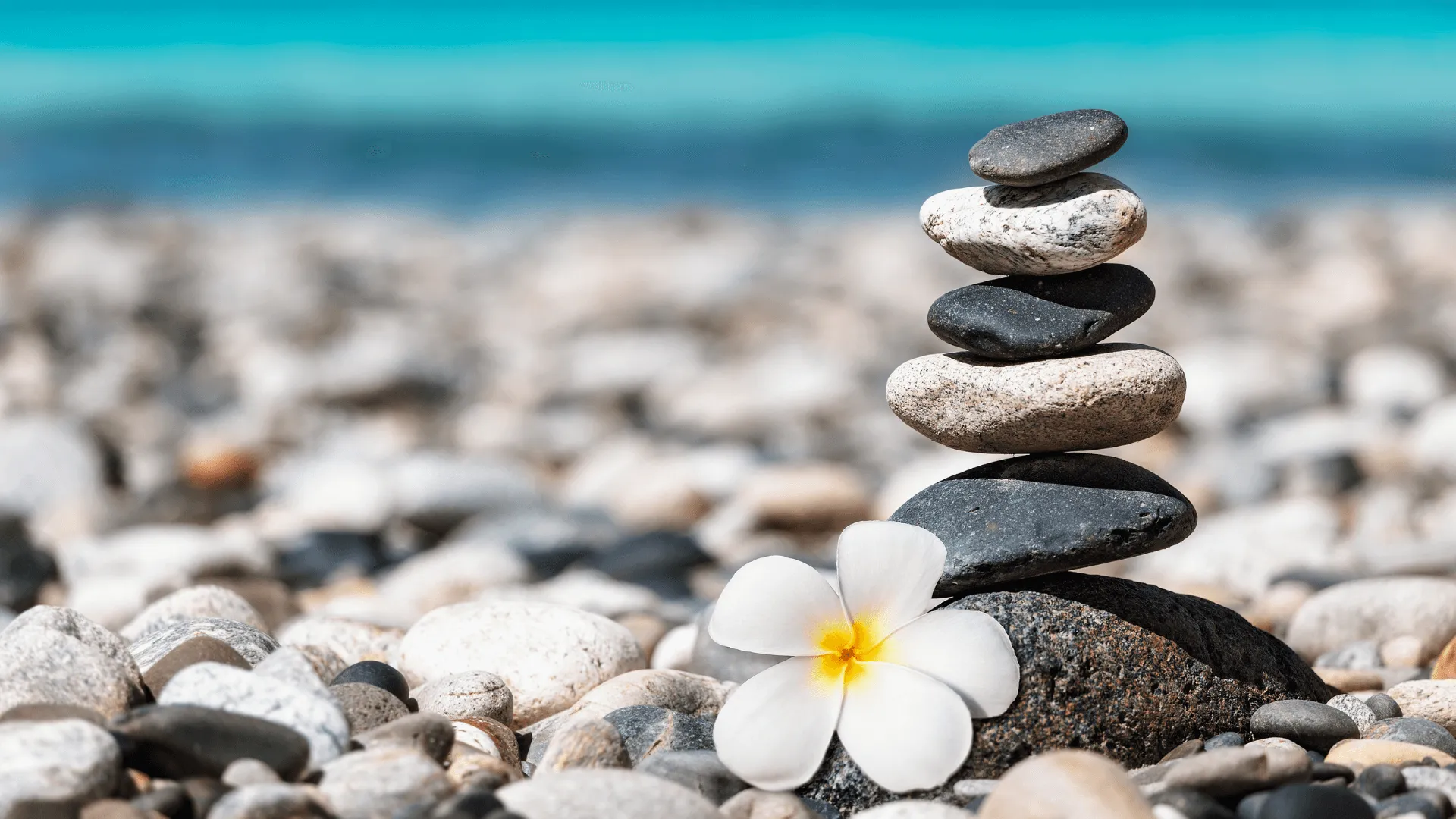
In April I am going to teach a short series of classes for steady steps and exploring balance.
The Oxford dictionary defines the noun Balance as an even distribution of weight enabling someone or something to remain upright and steady: “she lost her balance and fell”
And the verb, put (something) in a steady position so that it does not fall: “a mug that she balanced on her knee”
Balance is under-appreciated until it has gone and you experience a fall.
Balance is an ongoing process. It is maintained with constant adjustment that is subtle and barely noticeable. A bigger perturbation requires larger more obvious and effortful adjustment.
If we feel unsteady for some reason, we may begin to hold ourselves in a way that is rigid and tense. This can be tiring, as well as making it hard to respond efficiently to perturbation.
Keeping your balance is not as simple as making a decision, “I am going to stay upright even though this track is wet and slippery and covered in gum nuts.” It is a dynamic process that involves your vision, your vestibular system and your musculoskeletal system all working together.
Most of us have the potential to sense ourself moving in and out of equilibrium and find different ways to respond to a challenge to our balance. Our brain can track our movements in different spatial relationships and learn to respond more efficiently. We can also learn to soften toward the ground if there seems to be no better solution, than fall. Consider how Judo students move during their training. They learn to land in a way that prevents injury.
Our movement apprenticeship as babies involved rolling across the ground, learning to sit, crawl, stand up, walk, jump and run. For some of us, as adults we barely ever get on the floor. Eventually our ability to get up off the floor is greatly diminished. This is problematic if we fall.
There is some truth to the adage “use it or lose it”. During our younger years we often shifted from stability to instability, all without thinking about it too much and certainly without aches and pains, e.g., crawling to walking, and then all manner of sporting and dancing activities. Some adults find it becomes more and more challenging to lean down to pick up grandchildren, carry parcels from the car-boot, walk with friends on the beach, or through the bush.
During class we are making use of our innate ability to learn. Our sensitivity to movement and stability shifts will improve, as will our ability to respond more efficiently and thus “right” ourselves again.
See here for class details. Please note that for this series of classes you will need to be able to get on and off the floor independently, even if that means using a chair to lean on. If you are unable to get on and off the floor independently, please let me know as it may be possible to arrange a more suitable series of classes at another time.
